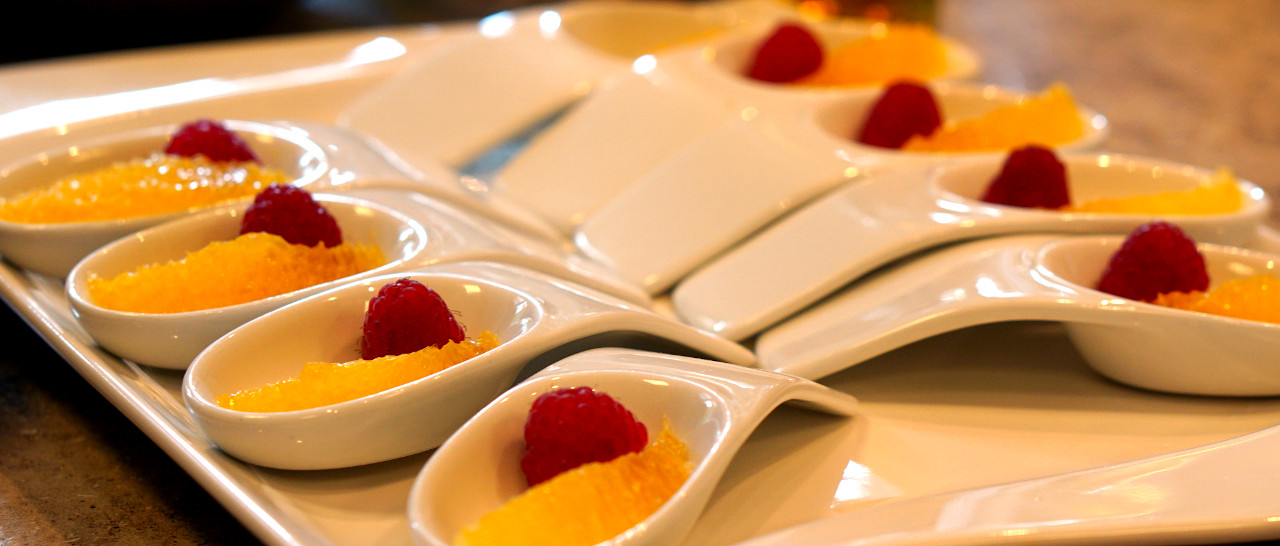
Aromas and Bouquets: The Art of Sensory Delight in Cooking
Cooking is not just a process of nourishment; it’s a sensory experience that engages all our faculties. While the flavors on our taste buds play a crucial role, the aromas and bouquets that waft from the kitchen add a layer of magic to every culinary creation. In this article, we’ll explore the captivating world of aromas and flavor bouquets in cooking.
The Symphony of Aromas
Aromas are the fragrant notes of a culinary symphony. They are created when ingredients release volatile compounds into the air during cooking. These compounds trigger our olfactory senses, setting the stage for the flavor experience that follows. Here are some key aspects of aromas:
- Layered Complexity: Aromas are not singular; they are often a complex blend of scents. For example, a sautéed garlic aroma might be intertwined with the earthiness of mushrooms, creating a multi-layered olfactory delight.
- Emotional Impact: Aromas can evoke powerful emotions and memories. The scent of freshly baked bread might transport you to your grandmother’s kitchen, while the aroma of simmering curry can conjure images of distant lands.
- Appetite Stimulation: Aromas play a significant role in stimulating our appetite. The anticipation of a delicious meal is often heightened by the tantalizing scents emanating from the kitchen.
- Pairing Significance: Aromas and flavors should complement each other. When the aroma matches the flavor profile, it enhances the overall dining experience.

Crafting Flavor Bouquets
Flavor bouquets are the result of harmonious ingredient combinations. They are responsible for the balanced and nuanced taste sensations that we savor in each bite. Understanding how to create flavor bouquets is a skill that distinguishes exceptional cooks. Here’s why flavor bouquets are essential:
- Balanced Flavor: A well-crafted flavor bouquet balances taste elements—sweet, salty, sour, bitter, and umami—to create a holistic taste experience.
- Layered Complexity: Like aromas, flavor bouquets are multi-layered. They can evolve as you chew, revealing different taste notes and enhancing your appreciation of the dish.
- Pairing Artistry: Pairing ingredients that complement and enhance each other’s flavors is an art. Experienced cooks use this knowledge to create dishes that are greater than the sum of their parts.
- Cultural Significance: Different cuisines have their unique approach to flavor bouquets. Exploring world cuisines allows you to appreciate the cultural diversity in culinary techniques and tastes.
The Role of Spices and Herbs
Spices and herbs play a vital role in crafting both aromas and flavor bouquets. These aromatic elements can add depth, complexity, and uniqueness to your dishes. Here are a few points to consider:
- Fresh vs. Dried: Fresh herbs provide a burst of flavor and aroma when used as a garnish. Dried spices are often incorporated into the cooking process to infuse the dish with their essence.
- Combination Magic: Combining spices and herbs with complementary aromas and flavors can lead to exceptional results. For example, the classic pairing of basil and tomatoes in Italian cuisine.
- Experimentation: Don’t be afraid to experiment with lesser-known spices and herbs. They can introduce novel aromas and flavor dimensions to your cooking.
The Role of Cooking Techniques
The way you cook ingredients also influences aromas and flavor bouquets. Techniques like roasting, sautéing, and braising can transform the characteristics of ingredients. For instance:
- Sautéing: Sautéing in butter can create a rich, nutty aroma. It’s often used for dishes like risotto and mushrooms.
- Roasting: Roasting vegetables can intensify their natural sugars, resulting in a sweet aroma and complex flavors.
- Braising: Braising meats with aromatic ingredients like onions and garlic can infuse the dish with deep, savory aromas.
Conclusion
Aromas and flavor bouquets are the unseen artists of the culinary world. They engage our senses, evoke emotions, and elevate our dining experiences. Whether it’s the inviting aroma of a freshly baked pie or the intricate flavor bouquet of a meticulously crafted dish, these sensory delights add depth and enchantment to our meals.
As you continue your culinary journey, take time to savor the aromas and analyze the flavor bouquets. Embrace the art of crafting dishes that not only taste extraordinary but also tell a fragrant and flavorful story. In doing so, you’ll unlock the true magic of cooking—where every meal becomes an unforgettable sensory adventure.


